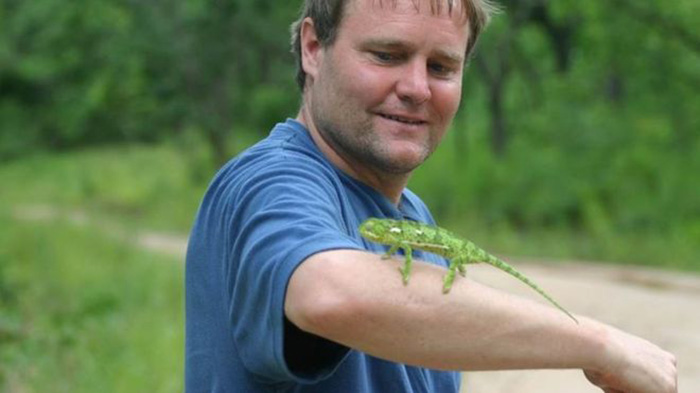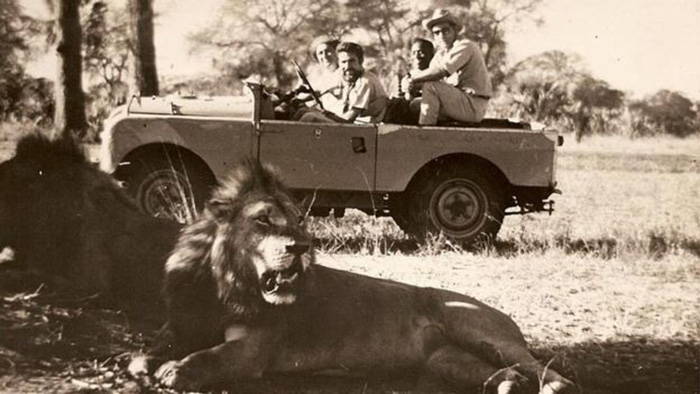
Young Vasco vowed to visit the park one day, and more than 40 years later he finally got the chance.
But the park Vasco encountered was a far cry from the Gorongosa of 1960s showreels and the tourist destination that once attracted the likes of John Wayne, Joan Crawford and Gregory Peck.
A brutal 15-year civil war in the aftermath of Mozambique`s independence from Portugal in 1975 had devastated much of the province, and Gorongosa, one of its key battle grounds, was almost destroyed.
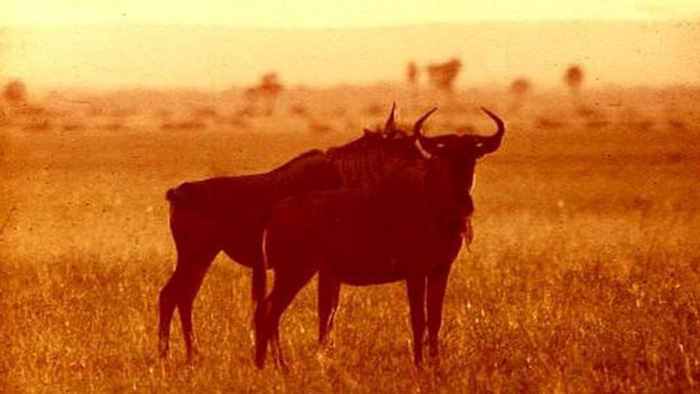
During the war, rebel forces from the Mozambican National Resistance (Renamo), made the foothills of Mount Gorongosa their home, and through a combination of hunting and environmental vandalism, managed to annihilate 90% of the large animal population.
Local poaching compounded the problem, and by the time Vasco arrived in 2005, "you could drive all day long and not encounter any wildlife," he says. Chitengo, the park`s main campsite, had been reduced to rubble.
Lifetime devotion
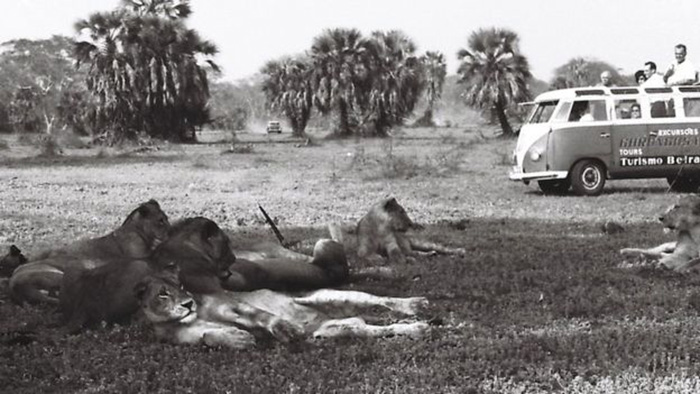
Today, Vasco is the communications director of the newly restored Gorongosa park, which is once again making a name for itself as one of Africa`s up-and-coming safaris.
The restoration project, which began in 1994 with the help of the African Development Bank, is spearheaded by 56-year-old Greg Carr, an ebullient tech entrepreneur-turned-philanthropist from Idaho Falls in the US who made his fortune at an early age, and was looking for a venture to which, as he puts it, he could devote the rest of his life.

Mr Carr visited Mozambique in 2004, at the invitation of the country`s ambassador to New York, at a time when the country was "the single poorest nation on earth," he says.
"I asked myself the question - what can Mozambique do for economic development, how can it compete in a world economy, how can it create good jobs?," Mr Carr recounts, as he relaxes in Gorongosa`s modern reception lounge.
"And I said, well why doesn`t Mozambique have a multi-billion-dollar tourism industry like other African countries, Kenya or Tanzania."
Mr Carr was introduced to Gorongosa, and soon afterwards, he signed a public-private partnership with the Mozambique government to run the park for the next 20 years.
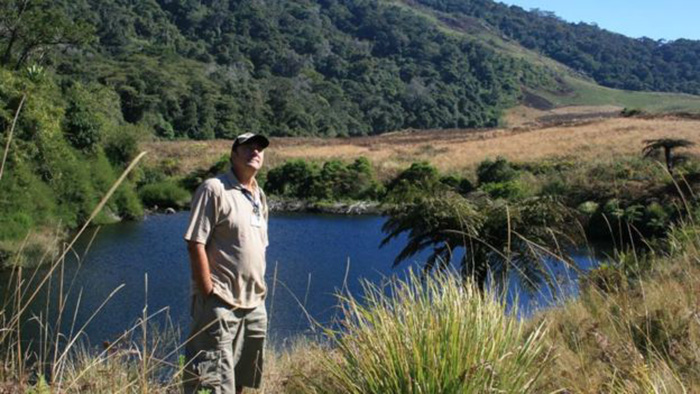
One-by-one, species were reintroduced to the plains. Buffalo, wildebeest, eland, elephant and hippo populations began to rise, and even the lions returned in moderate numbers, although some predators, such as leopards, seem to have been obliterated for good.
Experts began to take note. The renowned American biologist EO Wilson took a shine to the park - famously branding it "ecologically the most diverse park in the world" due to the scale of its insect life. Gorongosa`s on-site laboratory now bears his name.
Initial opposition
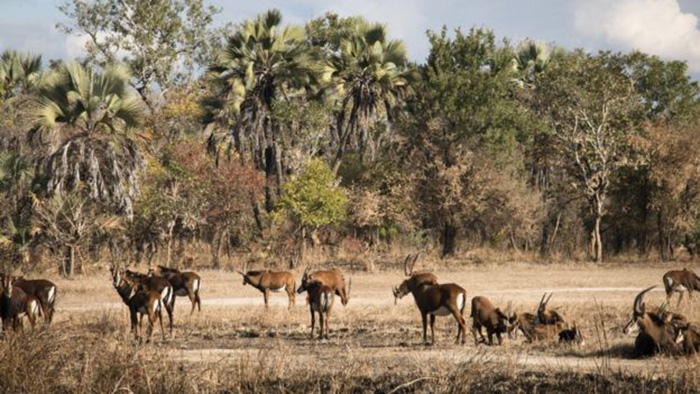
The US and Irish governments are among the international donors to the park, and Gorongosa is constantly being filmed by wildlife documentary teams from around the globe.
The hope, Mr Carr says, is that the park will one day pay for itself, through a combination of tourism, agricultural projects and a thriving local economy.
Indeed, the local economy is vital to the park`s success. The 200,000 people who live around Gorongosa are among the poorest in the country, and lack the most basic provisions.
Some were initially hostile to the restoration project, which ring-fenced land previously used by local farmers, and by poachers.
But Mr Carr says he has always seen Gorongosa as a "combined human development and conservation" effort.

"We probably spend us much time outside the park as inside the park," he says, constructing schools, hospitals and water sources, and helping with farming.
Vasco Galante fell in love with Gorongosa because of a cinema advert he saw as a six year old.
One new initiative is a coffee farm in Mount Gorongosa`s rainforest, where the locals used to cut down 500-year old trees to plant corn or beans, with limited success. Now, hundreds of people are involved in growing Arabica which will wind its way into cafes next year.
Many locals now work in the park, such as 21-year-old Domingas Aleixo, who grew up just a few kilometres away, and was destined to work on the land like most other women in the community.
Now she is a part of the lion conservation project at Gorongosa, working with world-renowned experts, while also studying for her animal biology degree in Portugal.
Celebrity visits
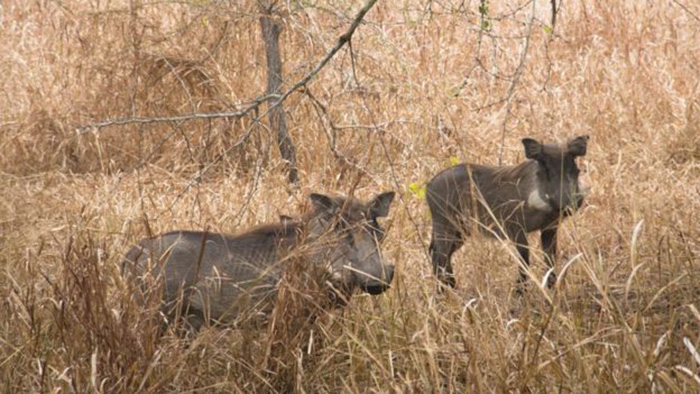
"I didn`t know the importance of bio-diversity," she says, but these days she helps educate the community on how to deal with and preserve the local environment, and, along with many other Gorongosa employees in the region, is trying to foster a sense of pride in the extraordinary natural resource on their doorstep.
However, despite such successes, Gorongosa is still some distance from its former glories.
Currently, tourism accounts for less than 1% of the park`s income, despite the arrival of a luxury hotel brand, and the occasional celebrity visits.
Miles of badly paved roads on the approach to the park which have been neglected by the local authority, and occasional outbreaks of violence in the area, further threaten to deter holidaymakers.
In 2006, Gorongosa attracted fewer than 1,000 visitors and by 2011 the number had risen to 7,000, just shy of the 1960s average.
However, in 2013 and 2014, because of civil conflict in central Mozambique and travel warnings issued by several embassies and travel sites, the number of international visitors dropped dramatically.
Poaching is also a problem, despite the 120 rangers who patrol the park`s 4,000 square kilometres.

Yet, Vasco remains infectiously positive. To him, the park`s greatest charm is the sense of exotic adventure that so captivated him back in a Portuguese cinema decades ago.
In contrast to more famous African parks, Gorongosa still feels somewhat unexplored, an expanse of tremendous beauty waiting to be rediscovered.
"Here you can see the best of Africa," says Vasco, referring to the landscape and the wildlife.
Gorongosa`s nature has proven to be extraordinarily resilient - its saviours are now ready to follow suit.








